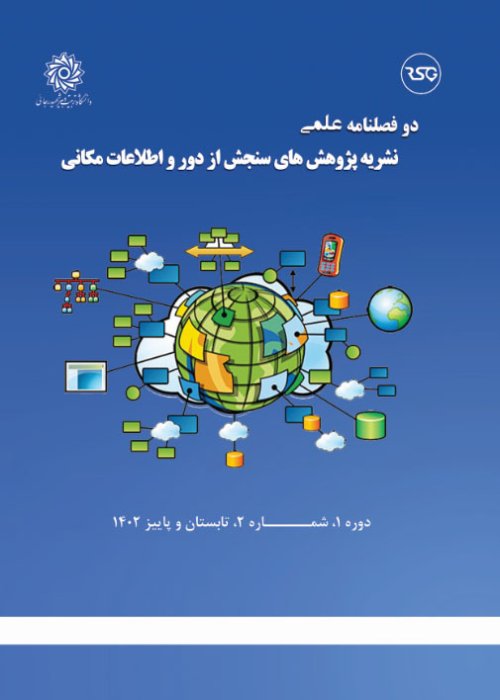Extracting FaçadePoints of Urban Buildings from Mobile Laser Scanner Point Clouds
In recent decades, geomatics science has made significant progress, and these advances are due to advanced measurement tools and innovative technologies in the field of geometric and spatial data acquisition. In this context, mobile laser scanners have been introduced as a basic and efficient tool that has the ability to perform accurate and fast measurements of various objects and environments, including urban spaces. These devices automatically record all the details of the urban space in the form of point cloud. To extract the geometric information of buildings from these details, it is necessary to use machine vision methods. In order to achieve accurate and reliable models of buildings, a sequence of post-processing operations is implemented when processing point cloud data. One of the most important stages of these processes is the segmentation of point cloud. These steps transform point cloud data into more conceptual and analyzable information. One of the important issues in processing point cloud data is the ability to extract planar surfaces of building facades (walls). These planar surfaces are of special importance as basic components in modeling and analyzing the condition of buildings. Accuracy in the information related to these planar surfaces allows for a more accurate and complete distinction between different components of buildings. This is important in several applications including urban planning, construction management, and energy consumption analysis of buildings.
In this article, MSAC and G-DBSCAN algorithms are used to extract planar surfaces from point cloud data. These two algorithms are executed sequentially. First, the most probable planar surfaces in the study area are extracted using MSAC, and then G-DBSCAN is used to separate the walls from these planar surfaces. In this article, the GeoSLAM ZEB-HORIZON mobile laser scanner device is used to collect data, and the area chosen for this purpose is the buildings of the Faculty of Engineering of Bo Ali Sina University in Hamedan. Because this place has features such as architectural diversity, the presence of non-planar and planar facades, different positions of the walls relative to each other with different dimensions, and challenges related to the diverse architecture of the space around the buildings.
Comprehensive evaluation of this research that includes three separate buildings. The results show an average precision of over 93%, which guarantees accurate data extraction. In addition, it has achieved an average recall of over 94%, which captures the majority of elements in the view. As a result, F1 score with an average value of 94% has been obtained. This research contributes to the progress in the field of accurate building data extraction and architectural modeling. Of course, when dealing with buildings and more complex environments, the algorithm faces challenges. Among the challenges that can be mentioned are various architectural features of buildings and external obstacles. For example, in buildings with large glass doors and windows, these algorithms may incorrectly extract interior walls. Also, the presence of dense vegetation around the facade can create obstacles that hinder the laser scanner's ability to fully capture the facade.
However, the results show that the algorithm in general was able to provide a significant performance in extracting the facade information of buildings, especially in challenging architectural scenarios. These developments are promising and create new possibilities in the field of spatial data analysis and building modeling. This innovative approach can be used in various applications and help to develop modern and data-based architectural models.
- حق عضویت دریافتی صرف حمایت از نشریات عضو و نگهداری، تکمیل و توسعه مگیران میشود.
- پرداخت حق اشتراک و دانلود مقالات اجازه بازنشر آن در سایر رسانههای چاپی و دیجیتال را به کاربر نمیدهد.



